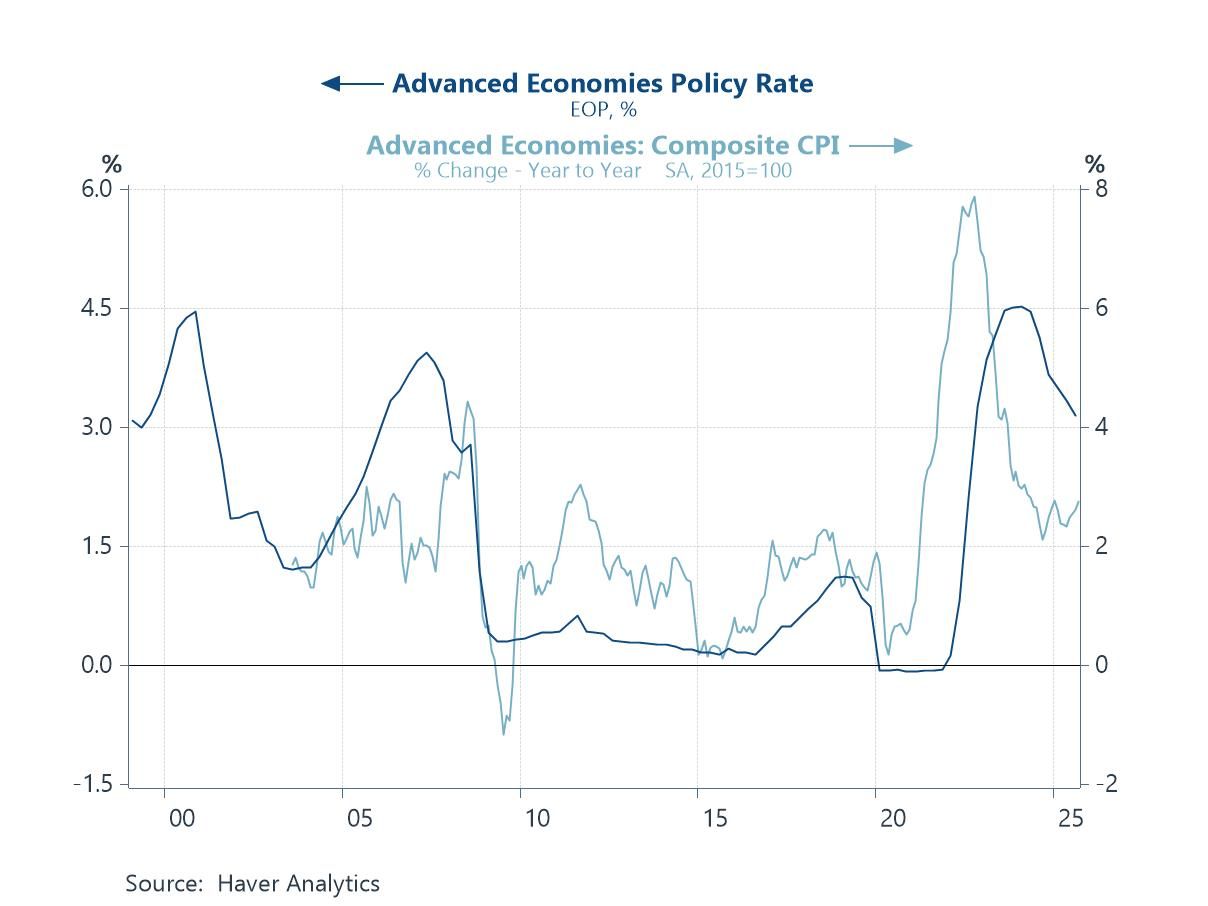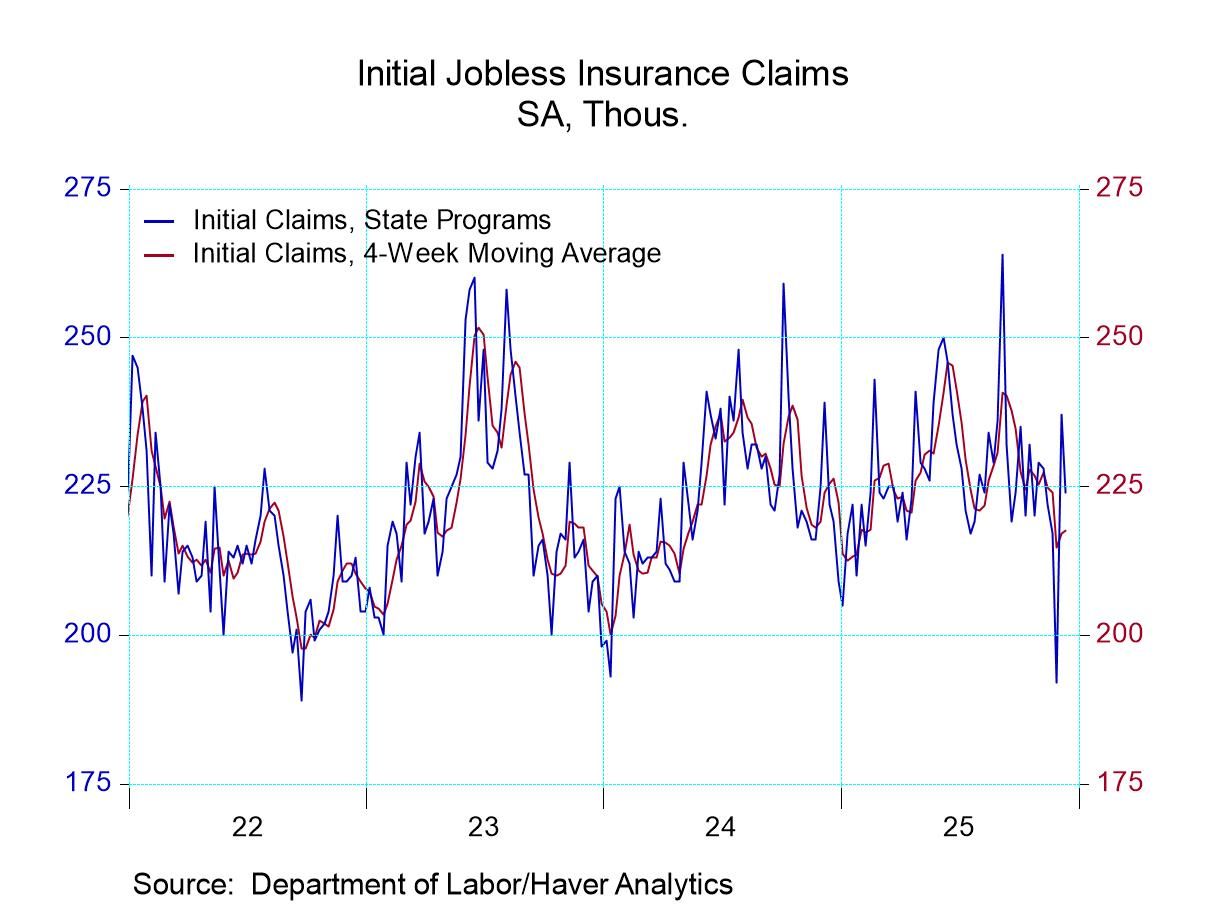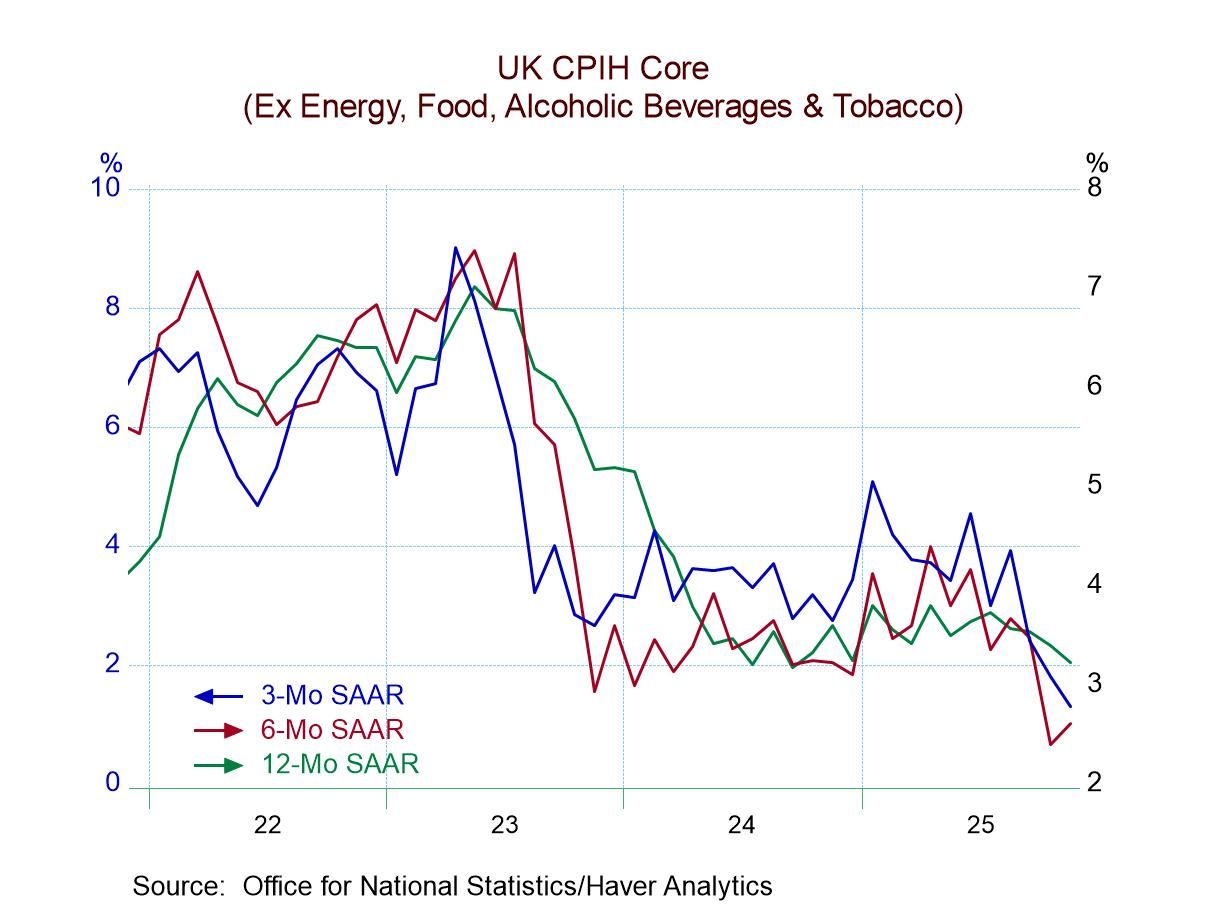German Trade Surpluses Rising- Exports and Imports on an Upswing

German trade showed a monthly supply widening to €27.5bln from €23.3bln in December. Goods exports advanced by a strong 6.3% month-to-month in January as imports also rose by a strong 3.6% even though imports trailed exports by a large margin.
However, those are simply monthly data and monthly trade figures ae quite volatile. The table also offers perspective with 12-month, 6-month and 3-month growth rates also presented. On that profile, exports show strong acceleration in train with the 12-month growth at 0.3%, moving up over six months and culminating in a very strong 23% annualized pace over three months. Import trends do not exhibit their monthly strength of January sequentially. Imports fall by 8.3% over 12 months, fall slightly more slowly over six months, and then trim that pace of decline to -6.2% over three months.
The German export progression speaks of a recovering global economy. We have seen the Global PMI data stabilizing and slightly improving in recent months. Germany exports are rising on the back of that development. But German imports are contracting and doing so over each of these horizons.
Import weakness reflects the weakness in Germany’s economy. A new forecast from the IFO underscores the reality of that weakness. The IFO outlook sharply downgrades its own previous prediction for German growth. The institute trimmed growth outlook for this year to 0.2 percent from 0.9 percent. Its projection for 2025 was lifted somewhat to 1.5 percent from 1.3 percent.
The IFO offers up a melting pot of reasons explaining why the outlook is for further weakness. The IFO warns that there has been consumer restraint, high interest rates, government austerity in Germany, and a weak global economy in addition the higher prices brought by inflation have combined to damp growth and reduce the IFO outlook. Still, the IFO looks for inflation to slow and drop back into its target in 2025.
The table offers up-to-date nominal export and import figures as well as a spectrum of more detailed export and import trends as well as data expressed in real terms. For comparison, the table offers one-month lagged real data along side the more detailed lagged nominal data.
The sequential growth of the lagged nominal data vs. the unlagged data show a huge differences as three-month export growth runs at a 23% annual rate, but when lagged by one-month that some growth rate drops to -4.2%. The view of exports strengthening sharply is a very new phenomenon. The same comparison with imports also shows much weaker import growth on a lagged basis. When we look at the real flows near the bottom of the table, we find the real export and export trends mirror closely the lagged nominal data referred to above. The real data do not embrace the same degree of rebound and growth as the up-to-date nominal data at this time.

However, the graphic shows that these turning trends showing 12-month export and import growth improving have more staying power than just a month-to-month phenomenon.
German trends do authentically show trade trends in an improving upswing. But there are at the same time lingering weak forces in play. The weakened IFO forecast is a cautionary tale about the future. And while German exports are doing better, progress in the global economy remain slow. Inflation continues to overshoot its targets. Policymakers want to reduce inflation to target, but they also want economic growth to remain firm. This is a difficult balancing act since the main way that inflation is contained is by restricting demand and that slows growth. This will be a delicate balancing act in the period ahead.
Robert Brusca
AuthorMore in Author Profile »Robert A. Brusca is Chief Economist of Fact and Opinion Economics, a consulting firm he founded in Manhattan. He has been an economist on Wall Street for over 25 years. He has visited central banking and large institutional clients in over 30 countries in his career as an economist. Mr. Brusca was a Divisional Research Chief at the Federal Reserve Bank of NY (Chief of the International Financial markets Division), a Fed Watcher at Irving Trust and Chief Economist at Nikko Securities International. He is widely quoted and appears in various media. Mr. Brusca holds an MA and Ph.D. in economics from Michigan State University and a BA in Economics from the University of Michigan. His research pursues his strong interests in non aligned policy economics as well as international economics. FAO Economics’ research targets investors to assist them in making better investment decisions in stocks, bonds and in a variety of international assets. The company does not manage money and has no conflicts in giving economic advice.




 Global
Global

